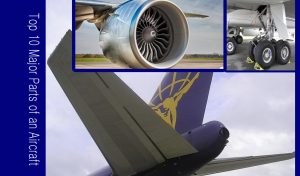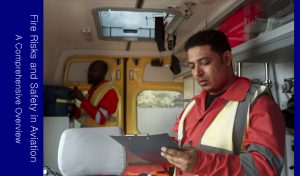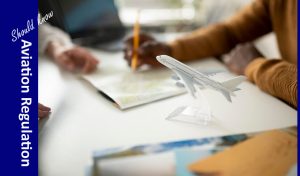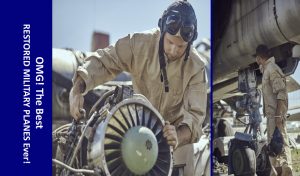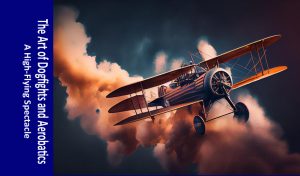Aerobatics is nothing but the practice of performing precise and often dramatic maneuvers with an aircraft, typically to demonstrate the pilot’s skill and the aircraft’s maneuverability. These maneuvers can include rolls, loops, spins, and other intricate movements. Aerobatic Aircraft is both a sport and a form of entertainment, commonly seen at airshows and aerobatic competitions. It demands a high level of piloting expertise, as well as aircraft specifically designed to handle the stresses of these extreme maneuvers. Let’s know about the Aerobatic Aircraft Evolution in different time frames.
Certainly, feel free to explore individual frames or aspects of the Golden Age of Aviation or from any other aspects further. If you have specific questions or need more detailed information about any particular aspect of this era, please don’t hesitate to ask, and I’ll be happy to provide you with more in-depth information.
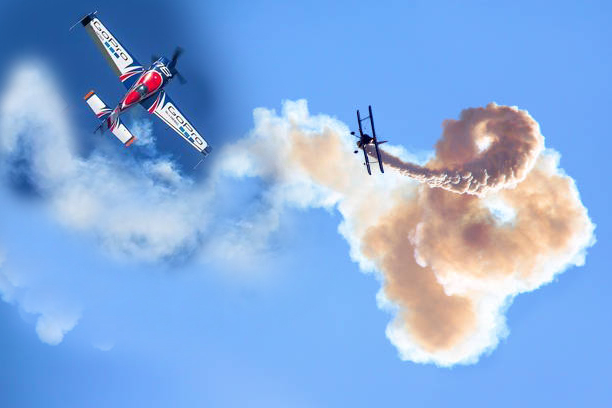
Here’s an overview of Aerobatic Aircraft Evolution and their evolution from biplanes to modern jets
Early Biplanes (Early 20th Century): Aerobatics began with early biplanes, such as the Curtiss JN-4 “Jenny” and the Sopwith Camel, which were adapted for basic aerobatic maneuvers like loops and rolls. These aircraft had open cockpits and simple control systems.
Golden Age of Aviation (1920s-1930s): Specialized aerobatic aircraft emerged during this period, including the Travel Air Mystery Ship and the Gee Bee Model R. These aircraft were purpose-built for aerobatic competition and airshows, featuring more powerful engines and improved aerodynamics.
World War II Era: High-performance fighter aircraft from World War II, like the Supermarine Spitfire and the North American P-51 Mustang, demonstrated their aerobatic capabilities during combat. These aircraft had the agility required for aerial maneuvers.
Post-World War II: Surplus military aircraft like the North American T-6 Texan and the Yakovlev Yak-52 became popular choices for civilian aerobatic flying.
Specialized Aerobatic Aircraft (1950s-1960s): Purpose-built aerobatic aircraft, such as the Pitts Special and the Sukhoi Su-26, were developed during this era. These aircraft featured lightweight structures and powerful engines, enabling advanced aerobatic routines.
Advancements in Design and Technology (1970s-2000s): Advances in materials and avionics led to the development of more capable aerobatic aircraft, including the Extra 300 and the Zivko Edge 540. These aircraft were used in competitive aerobatics and airshow performances.
Modern Jets (Late 20th Century – Present): The use of jet-powered aircraft in aerobatics became popular in the late 20th century. Jets like the Aero L-39 Albatros and military aircraft like the F-16 Fighting Falcon are used by aerobatic demonstration teams worldwide.
Electric and Experimental Aircraft (Contemporary Era): Recent years have seen the emergence of electric aerobatic aircraft and experimental designs that push the boundaries of aerobatic performance while emphasizing environmental sustainability.
In outline, aerobatic aircraft have evolved from the early biplanes of the 20th century to today’s modern and high-performance jets. These aircraft are designed to perform extreme maneuvers, showcasing the pilot’s skills and pushing the limits of what is possible in the air. Aerobatics remains a thrilling and captivating aspect of aviation.
